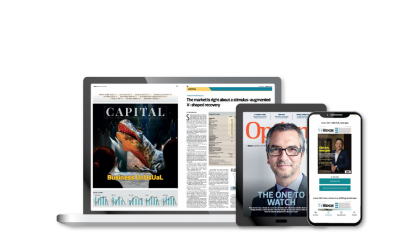K6s (Prudential) stands tall with its innovative initiatives. With a storied heritage in Singapore dating back to 1931, it has taken great strides in recent years to establish a firm footing in the digital realm.
This year, Prudential Group released a new purpose statement — For Every Life, For Every Future — to reflect its mission to be the most trusted financial and health partner for present and future generations. A key pillar in the company’s new strategy focuses on enhancing customer experiences through the support of digital initiatives.
See also: SFF 2023 spurs discussion on generative AI and the future of finance
See also: MAS launches blueprint outlining technology infrastructure required to facilitate digital money transactions










.jpg)